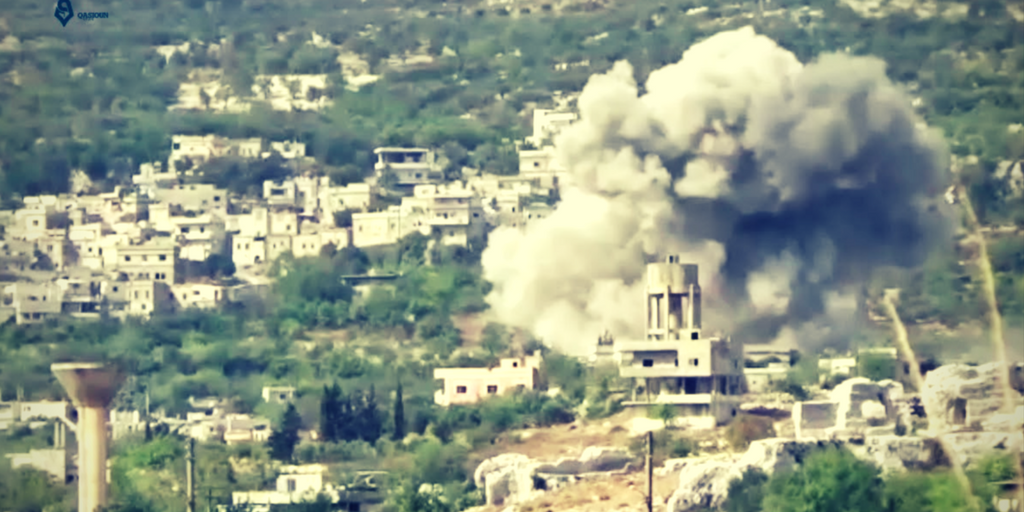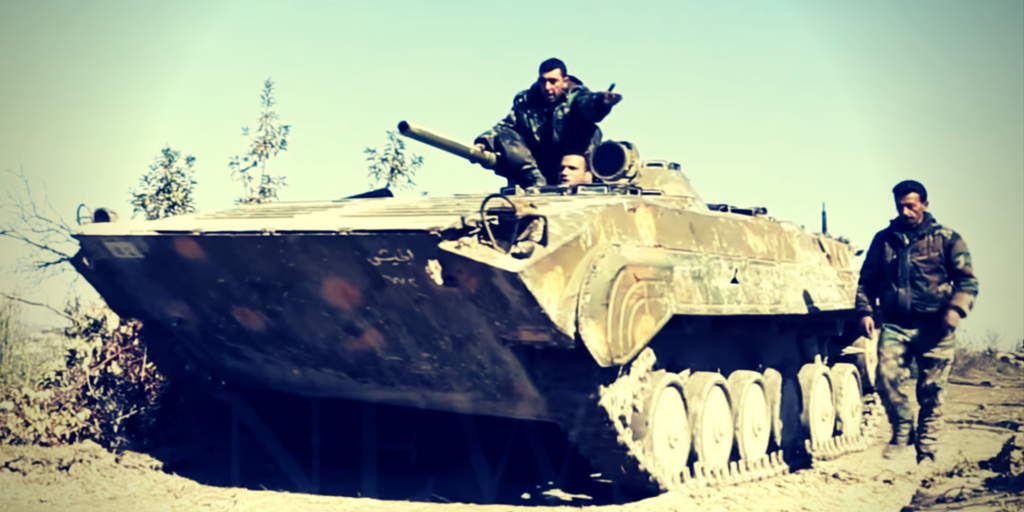The coming war between Israel and Iran is nearly a foregone conclusion. The Iranian drone incident and F-16 downing now over 2 weeks old was not only the first direct clash between Israel and the Ayatollahs, it outlines the course of events now unfolding on Israel’s Golan.
For years, Israel’s armed forces and generals prepared for a missile war with Hezbollah. Large budgets had been put together for missile defense. The drone incident has scrambled the notion that it is Hezbollah that will fire the opening shot. Iran has moved close to Israel’s border and if reports are accurate the Iranian movements are supported by Russia.
The ceasefire in Ghouta unanimously passed by the UNSC and now implemented by Russia for 5 hours a day has the potential to send thousands of refugees to Israel’s Golan border. Whether this was purpseful or not doesn’t quite matter. The coming chaos on the Golan will enable Iran to send fighters into Israel and try to accomplish what Syria has failed to do for years; that is to recapture and occupy the Golan Heights. If Israel fights back then Hezbollah will unleash its hundreds of thousands of missiles on Israel.
The Golan is now ground zero for the coming war. The faster Israel prepares to hold back the flood of refugees and impending Iranian invasion the easier it will be to defend itself against a much wider conflict.







